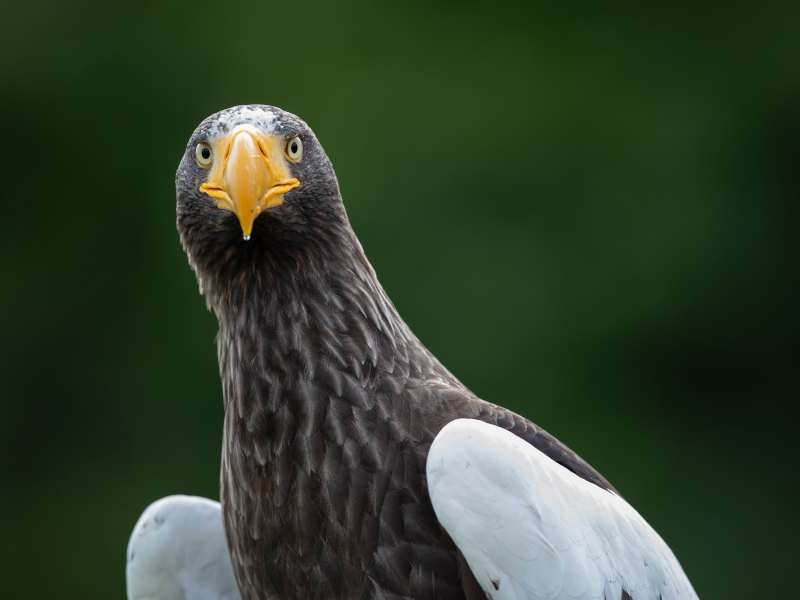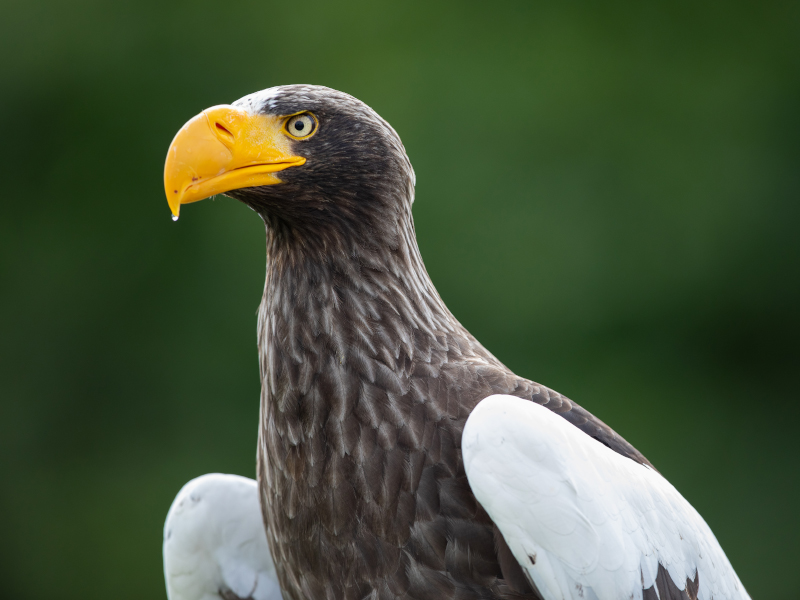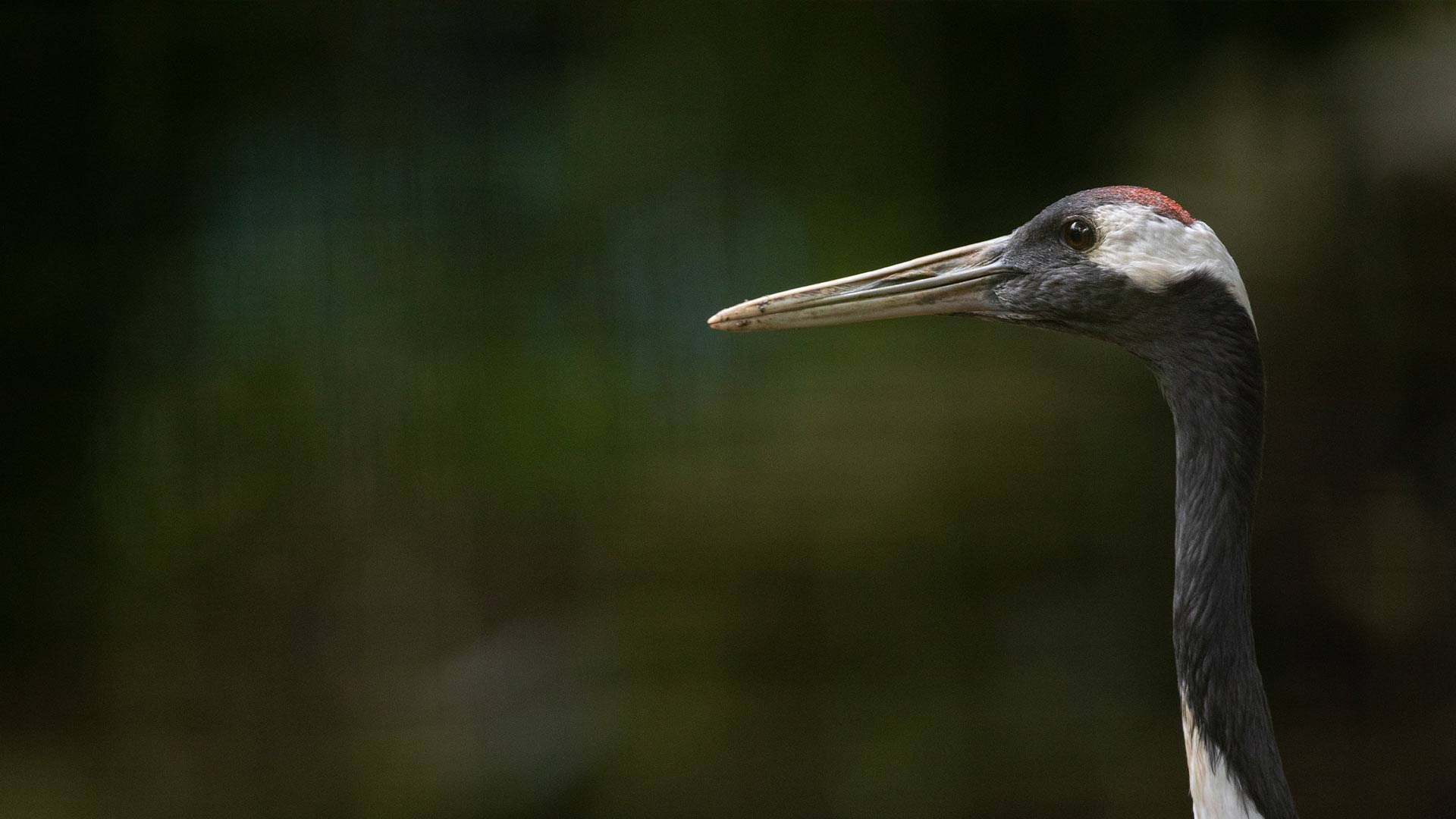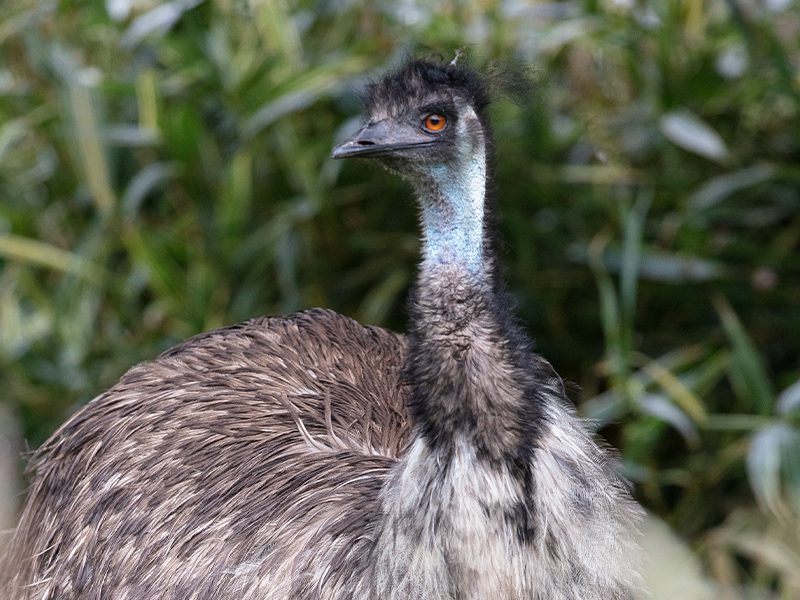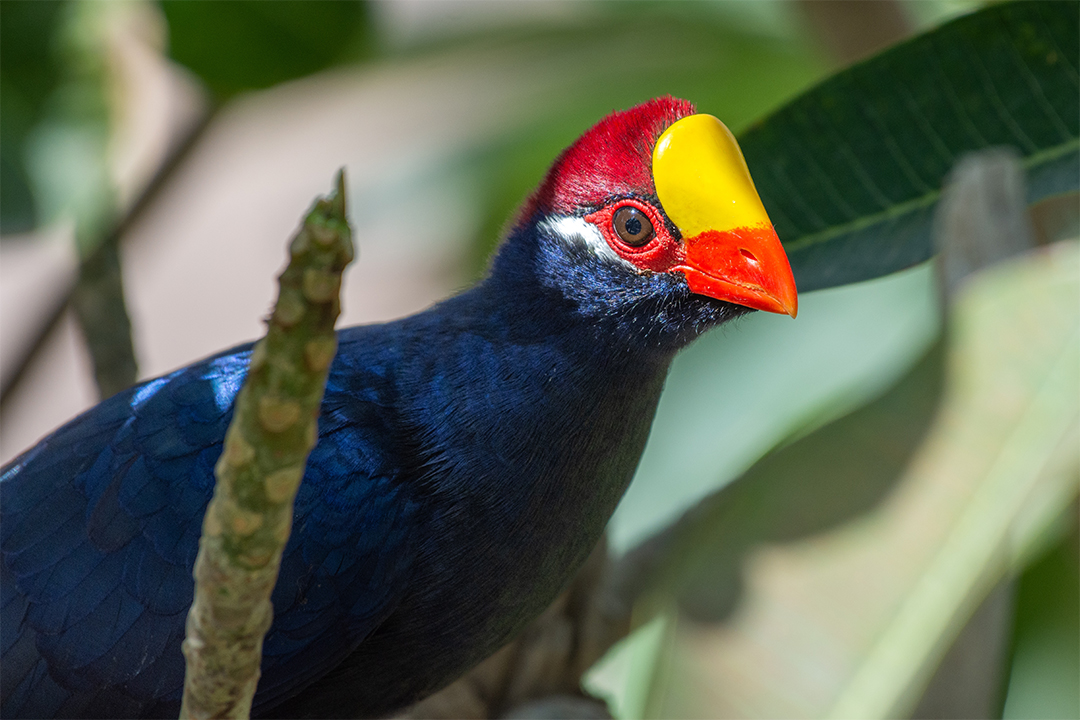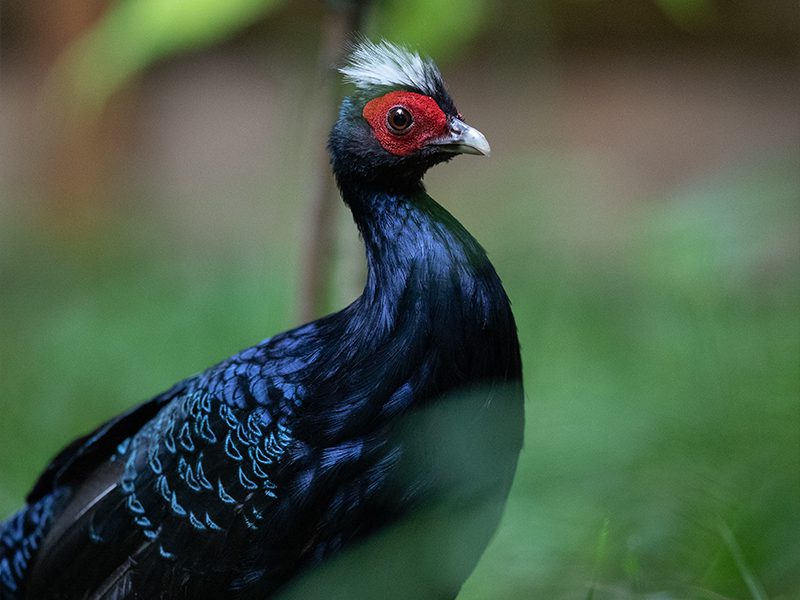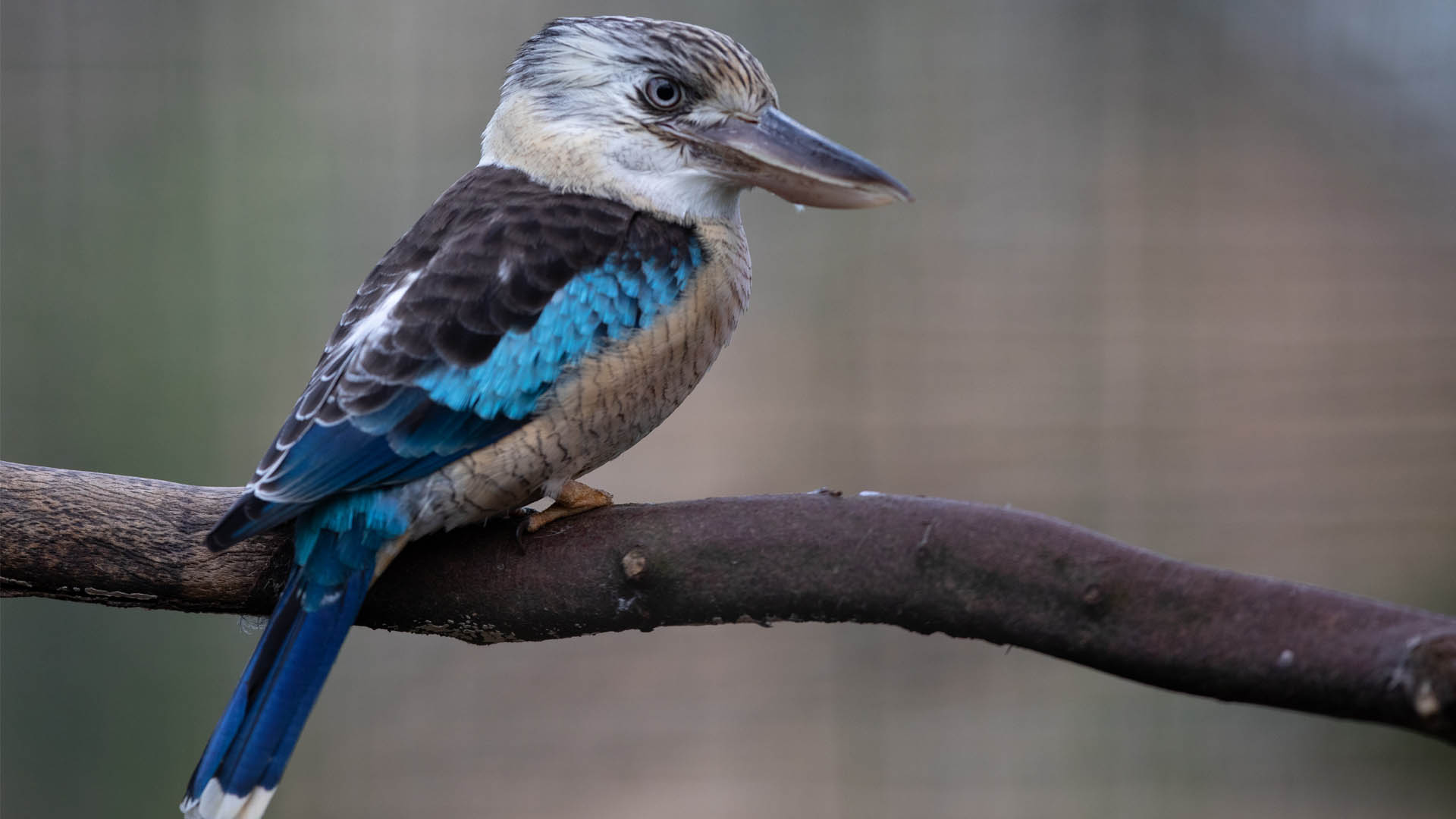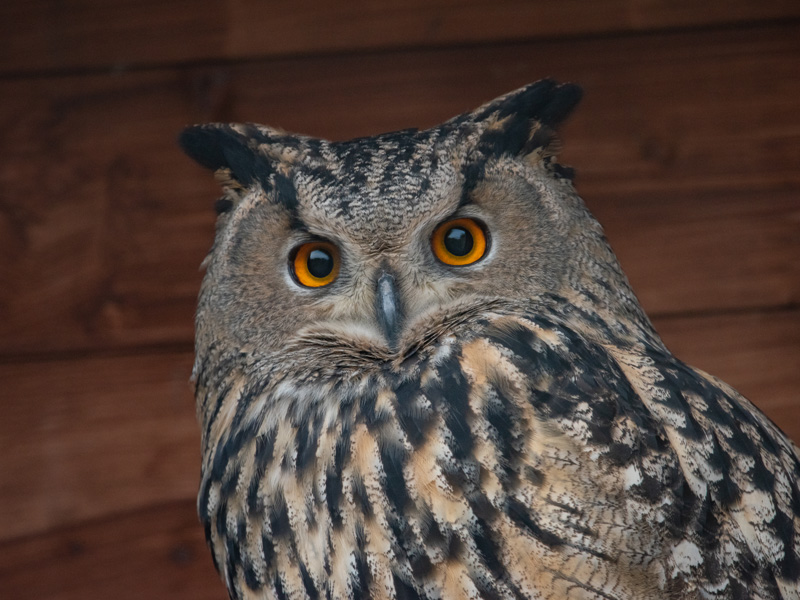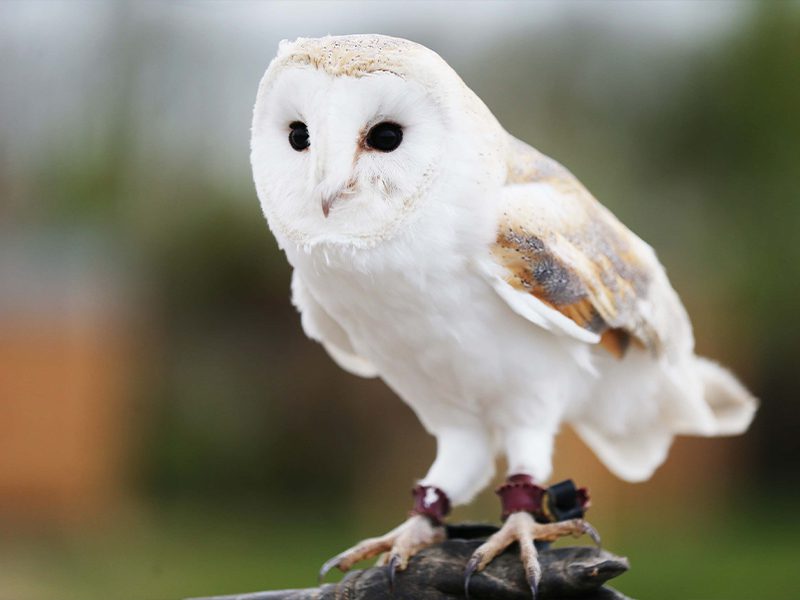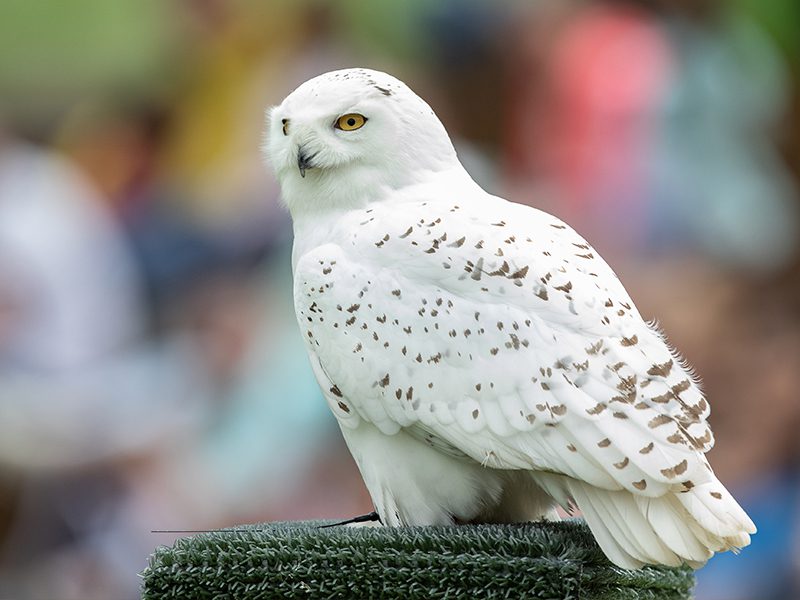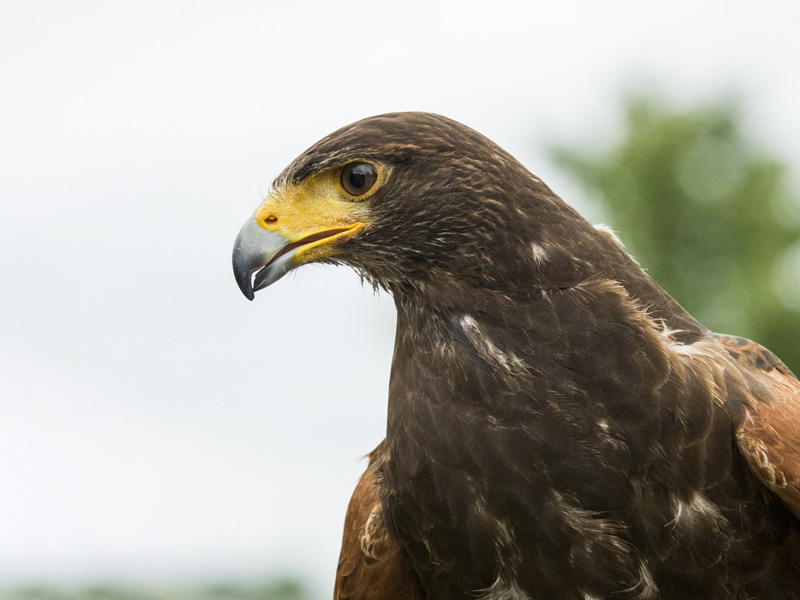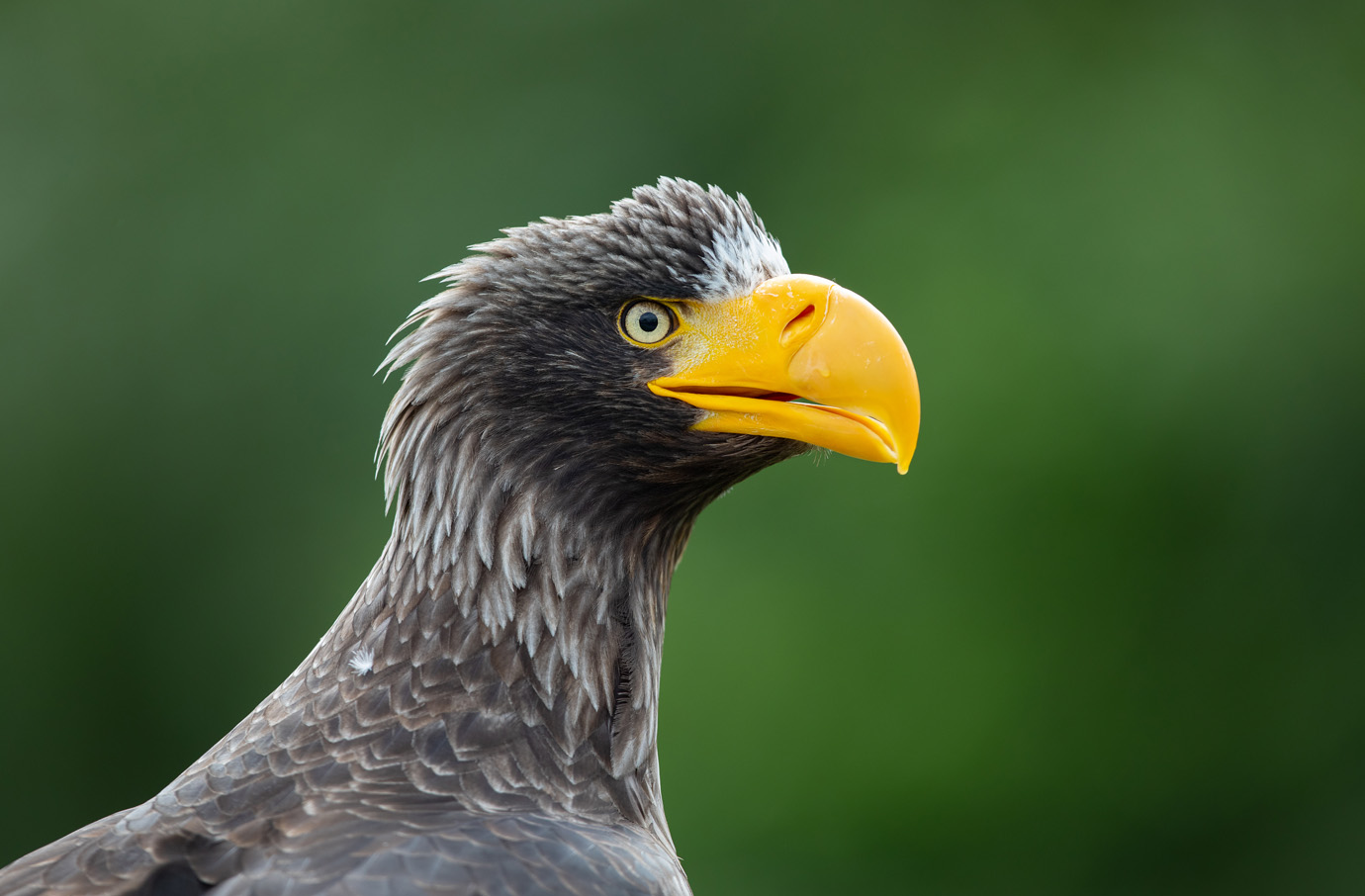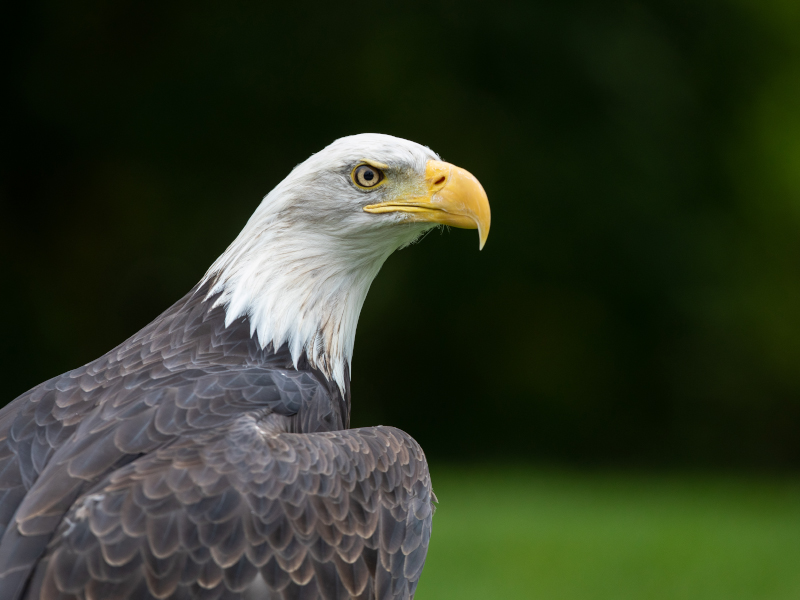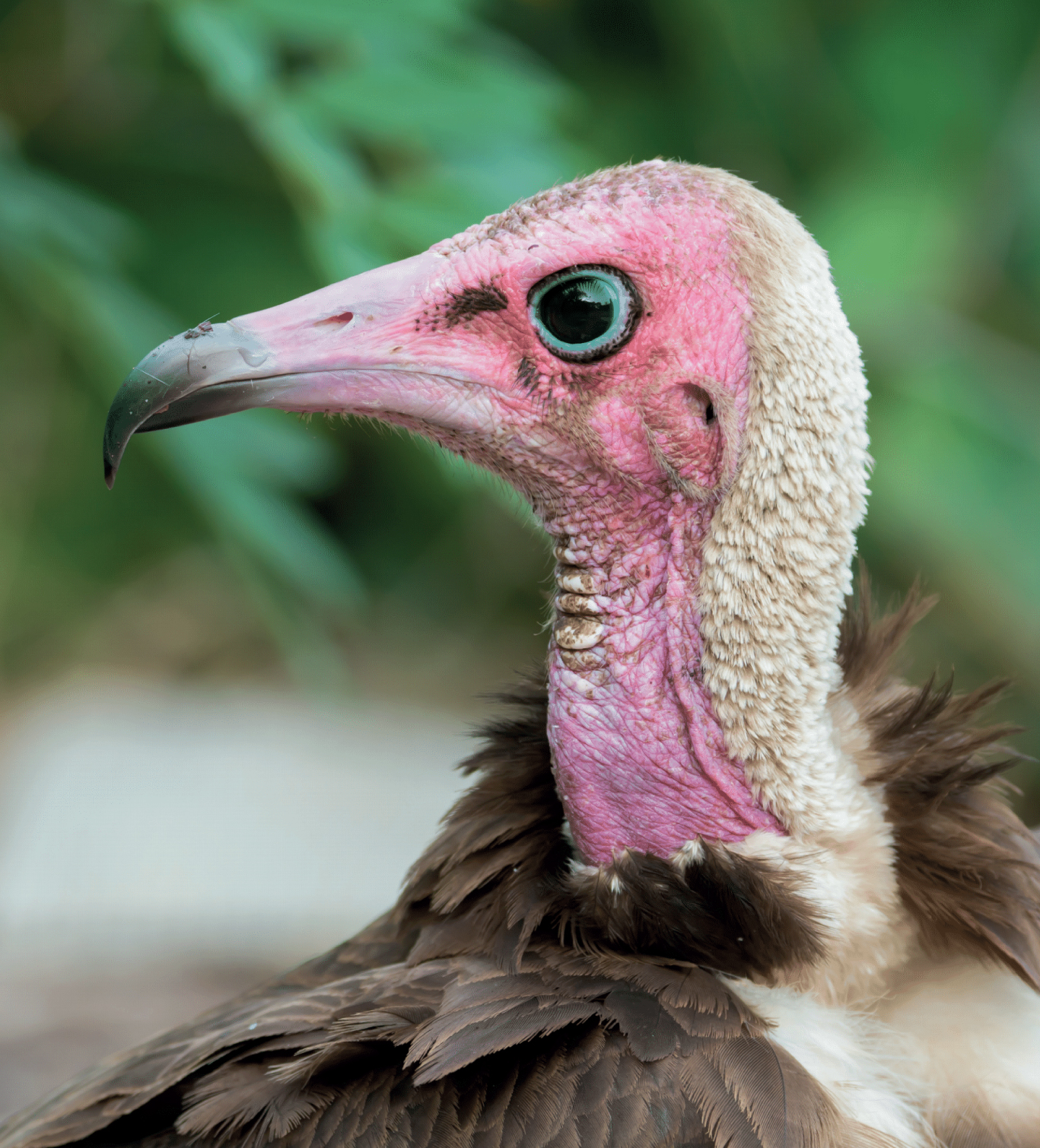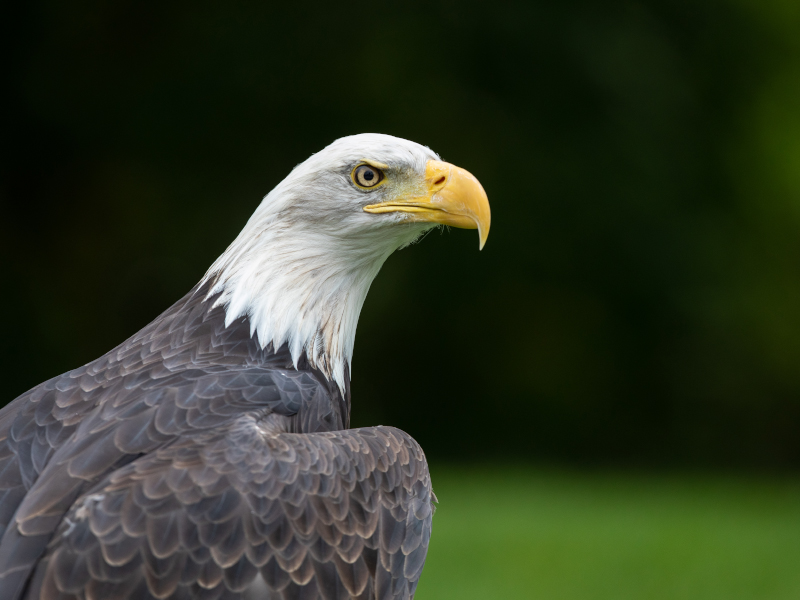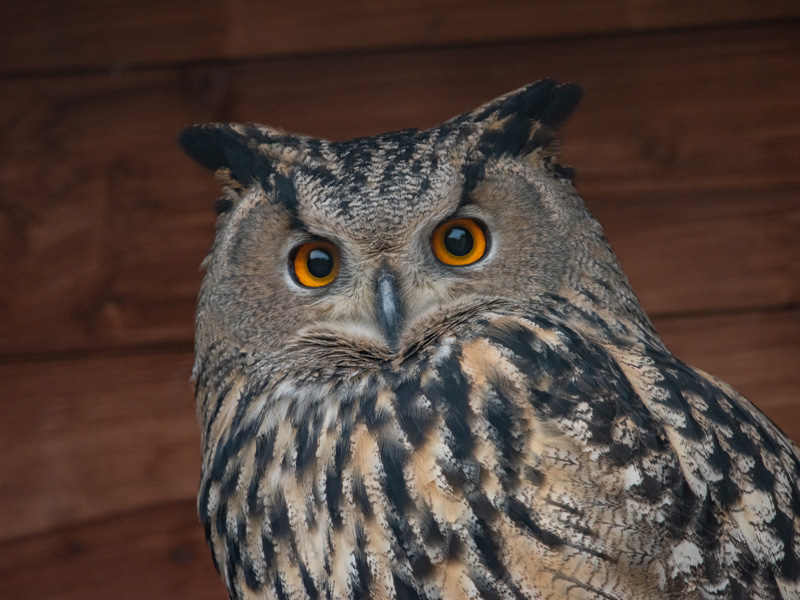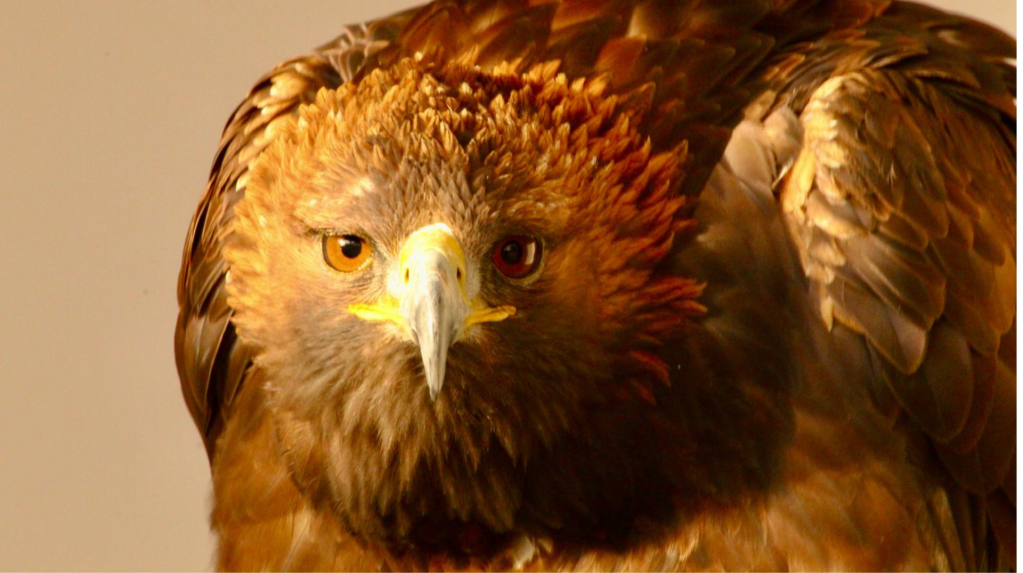Stellar’s sea eagles have black and brown feathers, and a distinctive yellow beak, that is strongly arched to allow for cracking through ice to get at fish. The feathers on their shoulders, tail and legs, are a contrasting white, and their large talons are ideal for grasping fish.
They are mainly solitary and will congregate during the breeding season. However, large numbers can be found together near water bodies that have lots of fish. This can be seen during the salmon runs.

Popular Searches
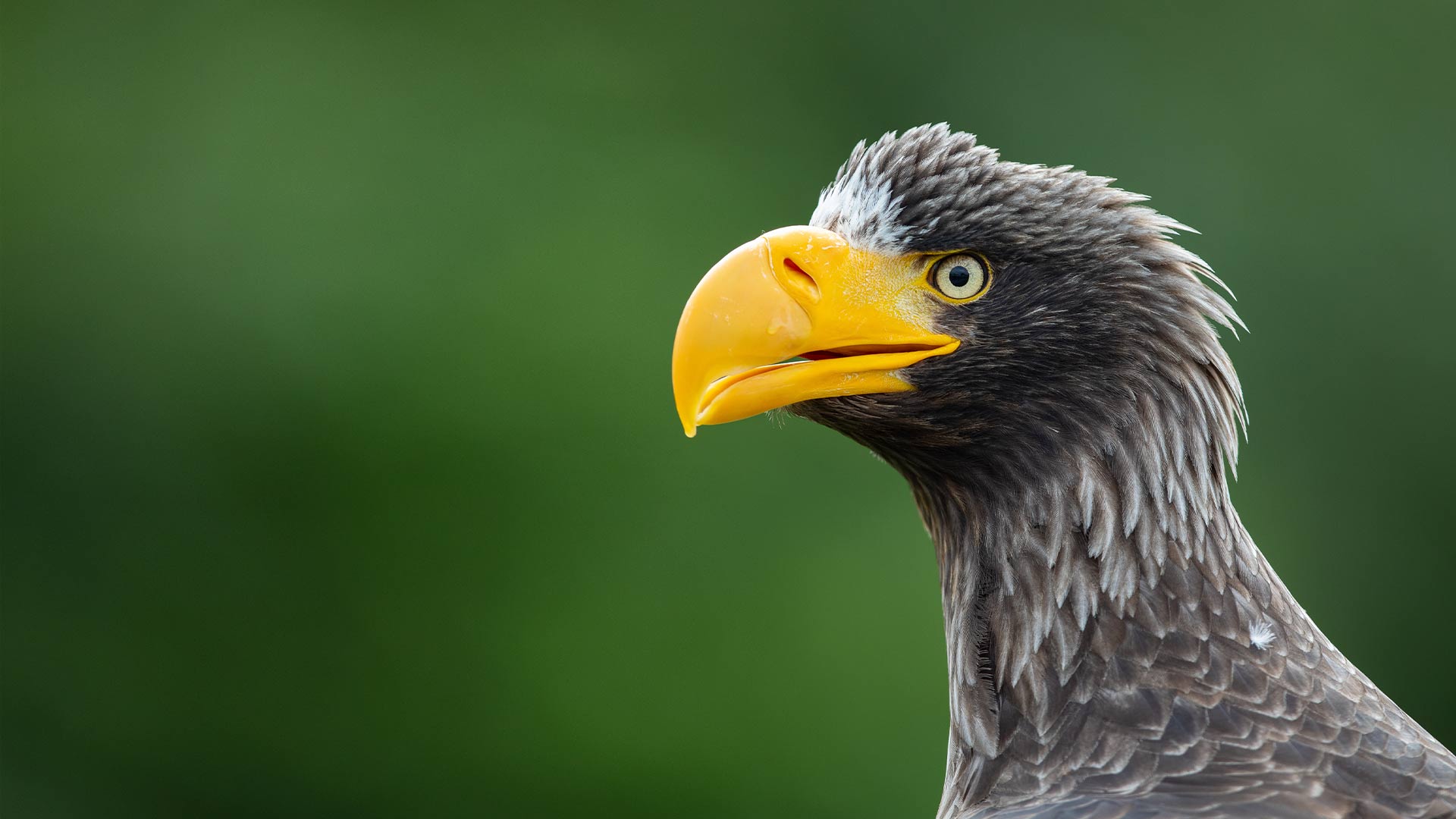
Steller’s sea eagle
-
Introduction
-
Conservation
Stellar’s sea eagles are classified as vulnerable.
Their populations are in decline due to habitat conversion in its breeding grounds, as well as lead poisoning. Food sources are also decreased due to overfishing, as well as hydroelectricity dams on rivers, which interfere with the movement of fish.
There are an estimated 4,670 mature individuals in its range*
*IUCN, 2021
Emerald Park conservation contribution:
EEP
Steller’s sea eagles are part of the EAZA Ex-situ Programme (EEP). This which means that their population is managed to ensure that there are heathy populations of animals within EAZA member zoos and for reintroduction in the future.
-
Habitat
Stellar’s sea eagles can be found in coastal habitats in eastern Russia, around the Sea of Okhotsk and on the Kamchatka Peninsula where they will breed. In winter, some individuals will migrate South, to the Japanese Islands of Kuril and Hokkaido.
-
Fun Facts
Steller’s sea eagles are predators hunting mainly fish but will also prey on birds and ground dwelling mammals also. As a predator, these animals, they play a role in maintain populations within the ecosystem and therefore ensuring a healthy balance in the environment. They will also eat salmon that have died after spawning and so contribute to the ‘cleaning up’ of the ecosystem.
Steller’s form monogamous pairs, which means that they mate for life.
The pair build nests, called “aeries” high up in trees. The aeries are very large nests constructed from twigs and branches; they can be well over 2 meters wide. When parents return to their nests each year, they will add additional branches, to upgrade and repairs it for the season. This can make the nests very heavy, and years of extra materials added can often result in the nest eventually collapsing.



